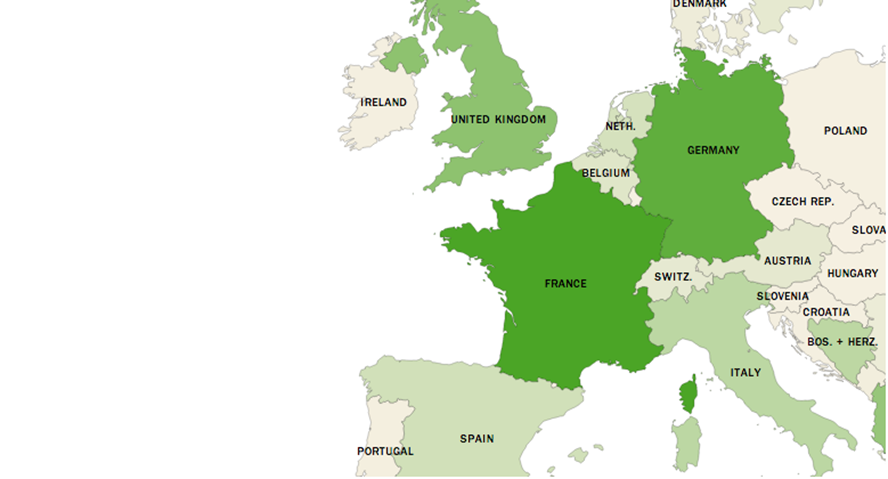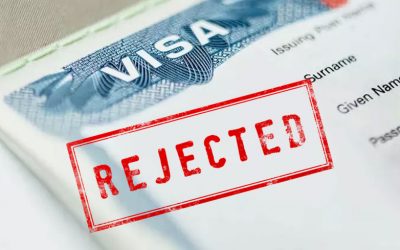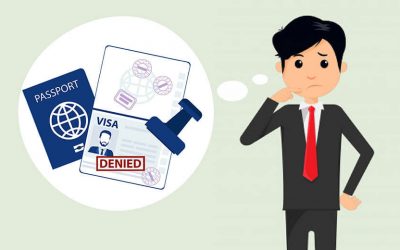7 Ways on How the EU Is Building a “Technological Fortress” for Travelers
The EU is always concerned with security relating to immigration. It is taking steps to enhance the security of EU countries and the non-EU Schengen members. Europe likes to control the flux of refugees moving across its borders, legally or illegally. Due to technological innovations, controls at the borders are becoming more ingenious. The EU bodies have created new databases and updated their old ones to strengthen its external borders.
The EU by building a “technological fortress” is enabling the efficient exchange of information between the member states on criminal convictions and thus reducing a threat to its national security due to illegal immigration. Let us take a look at the way the EU is building its “technological fortress” for travelers.
- Visa Information System (VIS)
The Visa Information System (VIS) enables the member states to share information about the third-country nationals in need of a Schengen visa.
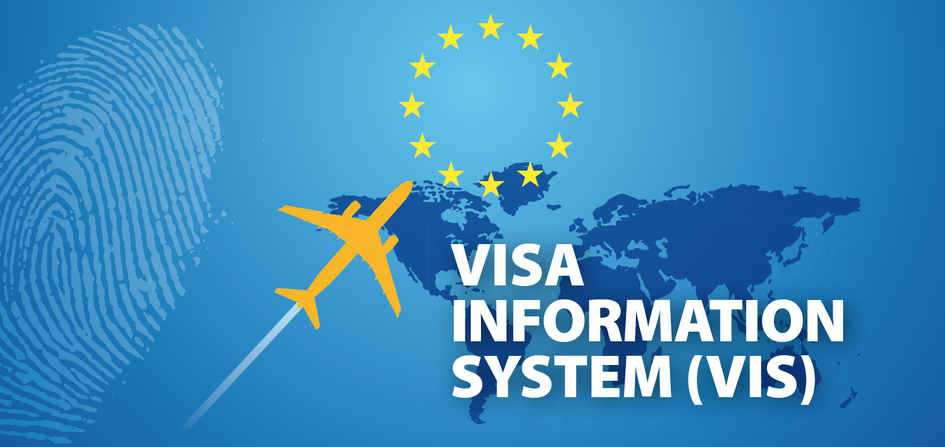
- It analyzes and processes the data of each applicant through the biometric matching of fingerprints. It helps to finds out the legality of a visa holder and catches those individuals staying illegally on false documents.
- The biggest role of VIS is to fight visa shopping—which is the practice of making further visa applications to other EU states on the rejection of the first application. It also helps to investigate fake identities, detect terrorist offenses and other criminal offenses.
- The VIS applies to all EU states controlled by the EU agency for a large scale IT system.
- Schengen Information System (SIS)
This system is the backbone for border information and security management in the EU. It helps to enhance internal security. This border guards and the police use it to keep a check missing people, criminal entities, and people banned from entering the Schengen area, stolen objects, etc.

The SIS contains information like palm prints, fingerprints, facial images, DNA testing, making it harder for a criminal to move across Europe and detecting counter-terrorism.
- European Asylum Dactyloscopy Database- EURODAC
The EURODAC is a database containing fingerprints of every individual that has at any point sought asylum in the EU member states or the associated countries.

This dataset of fingerprints allows the member state’s law enforcement authorities to check for fingerprints linked to criminal investigations.
- European Travel Information and Authorization System- ETIAS
All the information on travelers with a visa is in VIS and all the information on asylum seekers is in EURODAC.
The information of every visa-free traveler heading to the EU will be in ETIAS which is to be launched in January 2021. ETIAS will make it compulsory for travelers to apply for authorization before undertaking a trip.
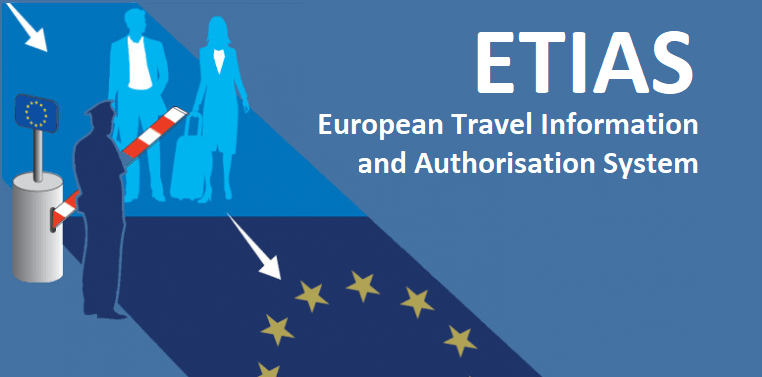
- The ETIAS of the EU resembles the US Electronic System for Travel Authorization (ETSA).
- Its aim is that every visa-free traveler should apply online and get authorization before showing at the EU port of entry.
- The process which may take about 15 minutes asks applicants for information like their name, surname, place, date of birth, address, phone number, email, citizenship, education, work experience, etc.
ETIAS will determine which traveler can enter the Schengen zone and will enable the EU to know who is entering its borders even before they have started their trip.
- ERICS-TCN
ERICS stands for the European Criminal Records Information System. The main purpose of ERICS is to enable a smooth flow of information between the member states on criminal convictions in the EU.
The database of ERICS contains necessary data to identify a person and also has information relating to third-country nationals as well as dual EU/third-country nationals.
- Entry-Exit System (EES)
The EES is a new scheme of the EU to be operational by January 2022. This system will register data on the entry and exit of the non-EU nationals into the EU member states, registered at the external borders.
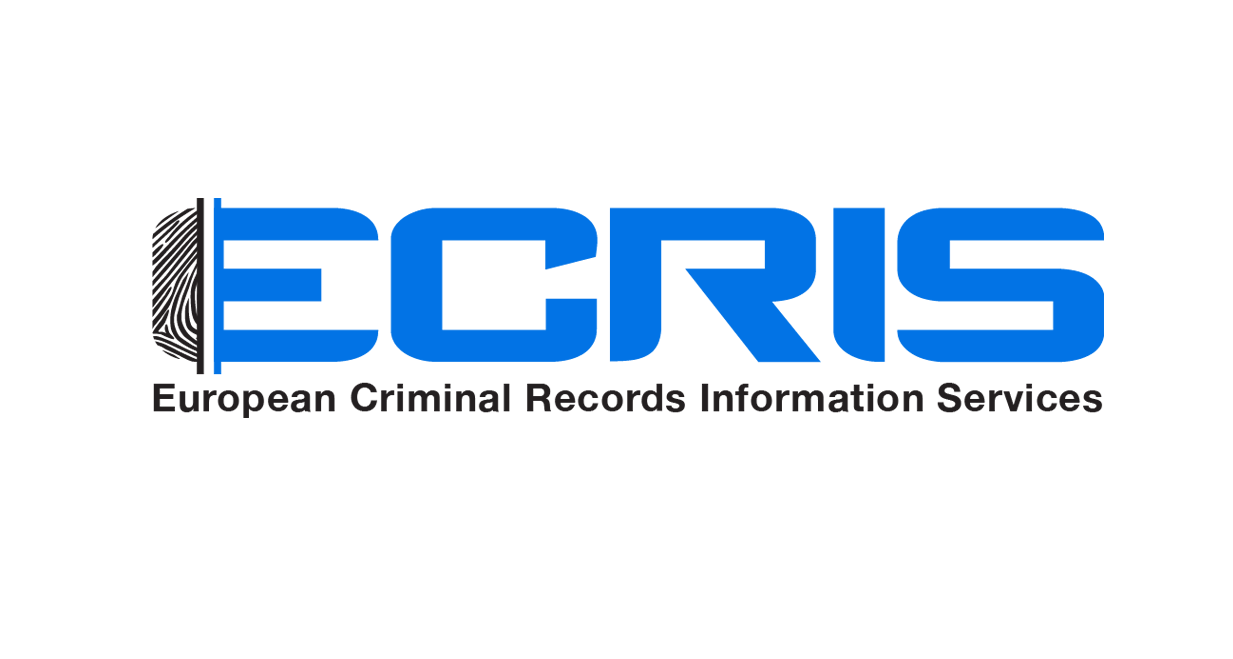
This system will help to strengthen the external borders and safeguard the security for its citizens. This system will replace the passports stamps as EES will register and store all entry/exit data. The data that EES will register is, name, surname, date of birth, facial image, nationality, passport information, and date of arrival in EU, point of entry, date of leaving the EU, and point of departure.
- FRONTEX
The European Border and Coast Guard Agency FRONTEX helps the EU member states to manage the external borders, harmonize border control, and provide technical support and expertise.
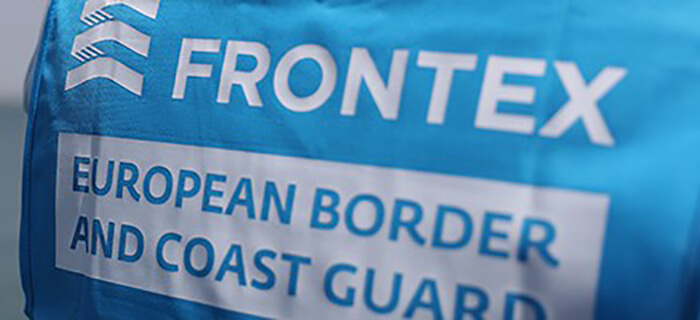
The FRONTEX deals with the responsibility of managing external border security by:
- Sharing with EU member states all information on irregular migration, criminal activities, though risk analysis.
- Rapid response in case any EU member state is facing extreme migration pressure.
- Developing common training standards for border authorities.
- Practicing on the cordial return of migrants.
What Will These Systems Achieve?
All the information based systems will help the EU to enhance its external border security, improve internal security, detect cross-border criminal activities, and identify the legality of any traveler.
It will also carry out criminal investigations, detect counter-terrorism, and enable the exchange of information between member states.
You may also like,
Work Culture of Europe vs India 2020
The 10 Types of Backpackers You’ll Come Across While Abroad
Top 10 Easiest Schengen Countries to Apply and Get Schengen Visa
